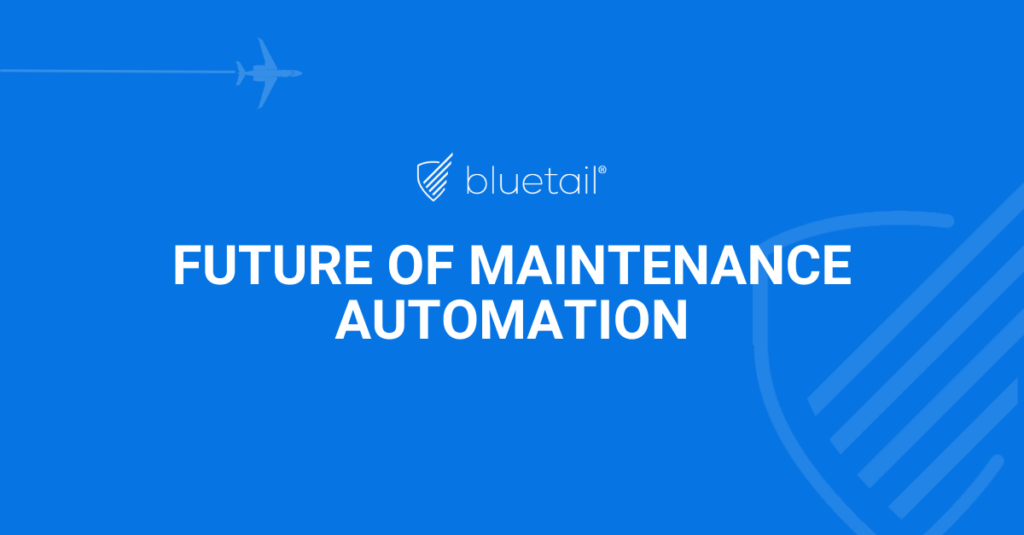
Looking back over the past few years, it’s easy to see that the two hottest topics in business and commercial aviation are the rapid increase in global aircraft use and the seemingly uncapped availability of investment funds for Advanced Air Mobility (AMM) vehicle development.
While the two may at first seem separate, in fact, they’re more closely related than you may think.
How? Well, we all know of the increasing pilot shortage. Boeing’s most recent Pilot and Technician Outlook 2023 – 2042 predicts the need for nearly 650,000 new pilots to meet the increased demand for commercial air travel.
And that’s not including the growth in business aircraft use. Honeywell’s 2023 Annual Business Aviation Forecast calls for the introduction of 8,500 new turbine business aircraft in the next decade alone.
Last but not least, we have to factor in the introduction of the literally thousands of eVTOL/AAM vehicles that are promised to enter global service in the next decade or so.
When you add it all up, well, the need is mind-boggling. Where are all these new pilots going to come from?
The robots are coming

Good question there. When you sit back and look at our industry needing nearly 700,000 new, qualified, experienced pilots in the coming years – well, meeting that need doesn’t seem possible.
Even if you could find all the necessary people, have you researched what it costs to become a professional pilot these days? Suffice it to say that it takes a lot more time and money than the average professional pilot wannabe wants to or can afford to invest.
And now we’re entering into the area that is one of the strong selling points of many of today’s eVTOLs and AMM pitchmen (or should it be pitch persons?). Through the introduction of artificial intelligence (AI), these new aircraft will introduce technologies that will significantly lessen aviation’s reliance on human pilots.
Yes, I’m talking about autonomous flight or, at least, single-pilot or remotely piloted operations.
I don’t know where you stand on the whole “pilotless airplane” debate. Still, I do know that from my own very informal survey of business aircraft users, I have yet to find one corporate pilot who can fathom the day when their C-Suite passenger will set foot in an aircraft that’s being piloted by Robby The Robot.
Yes, I’m well aware that NASA and SpaceX have been relying on “autonomously piloted” space vehicles for years. But, navigating, no matter how successfully, the vastness of space is way easier than blending in with approach traffic at LAX. At least in my opinion.
But who can foresee the future and how technology and public opinion will shift regarding pilotless aircraft? Having spent their lives surrounded by technology, our children or grandchildren may well feel quite at home traveling on an aircraft without a human pilot. Only time and technology will tell.
One last item in the AI/robotics puzzle we can guestimate fairly accurately is that any of these new technologies will be extremely expensive to buy and operate. That’s something few futurists are willing to discuss – and probably for good reason.
Robby, the AMT? I think not.
Robby, the AMT? I think not.
But, you’re asking, legions of new pilots aren’t the only things those fleets of new airplanes will require. Too right you are. According to the Boeing Outlook I mentioned earlier, we’ll need to add some 690,000 AMTs to meet the needs of the airlines.
Add on the mechanics required to service the growing B&GA fleet and the untold thousands of new AMM and eVTOL vehicles, and we’re easily topping 700K new-gen AMTs.
So, we are actually going to need more mechanics than pilots. And, if history is any indicator, attracting and training maintainers – even with the lure of all the cool George Jetson-inspired “flying cars” – will be a lot harder than filling cockpits with new pilots.
Ah, but if AI/robots are going to help fill the pilot ranks, what about turning to AI technologies to handle aircraft maintenance?
That’s an interesting concept. While AI/robotic technologies are and will continue to play a more significant role in manufacturing, as you may well guess, troubleshooting and maintaining aircraft will pose a particularly tough challenge for AI of any kind.
Of course, certain unsavory jobs like cleaning the aircraft’s lavatory would be ideal for an automated AMT. But, I digress…
A story written by Hanneke Withering, featured in AIN’s FutureFlight magazine, quoted Rishi Ranjan, founder and CEO of “extended reality” software company GridRaster, as saying, “The human in the loop is always going to be there,” he said. “That’s because AI, while good at pattern recognition and making predictions, will never improve on human perception.”
And if there’s one thing that aircraft inspection and maintenance isn’t, it’s predictable. Sure, we have instructions, but no two situations are the same. And when it comes to troubleshooting an intermittent mechanical or avionics problem, all bets are off.
It takes the combination of information, experience, imagination, and that handy opposable thumb to be able to quickly isolate and eventually reach in and fix even the most rudimentary problem. This is something I doubt any machine will be able to do anytime before we reach the age of Technical Singularity.
“If you want the best efficiency in aerospace, because of the high [amount of] intellectual property and very large knowledge base needed to operate these things, it will always be a complementary relationship between humans and machine staff,” Ranja added.
Artificial Intelligence is good. Real Intelligence is better.
Artificial Intelligence is good. Real Intelligence is better.
While there’s no debate that AI and robotics will play increasingly valuable roles in helping our industry meet its future needs, those tools are still out there on the horizon. We can’t pause our growth while waiting for them to become available.
Today’s AMT is still faced with doing more work in less time to keep their charges safe and airworthy. And they need the tools to help them do just that. The future may hold exciting possibilities, but for now, real intelligence remains the invaluable cornerstone of our industry.